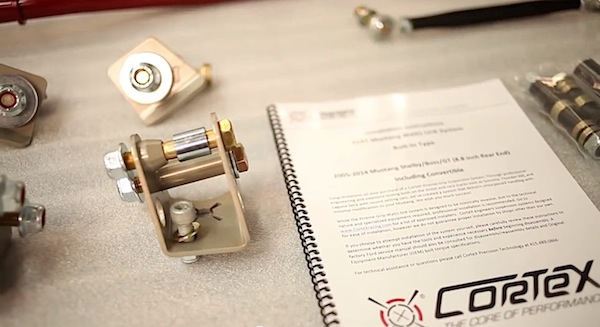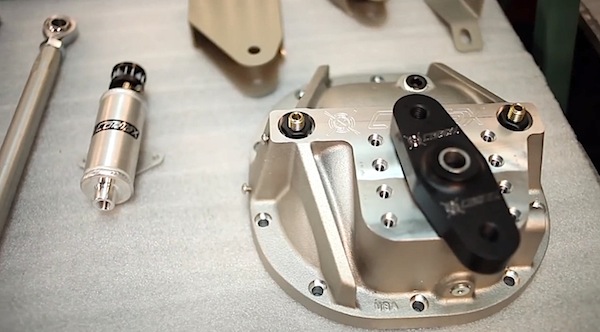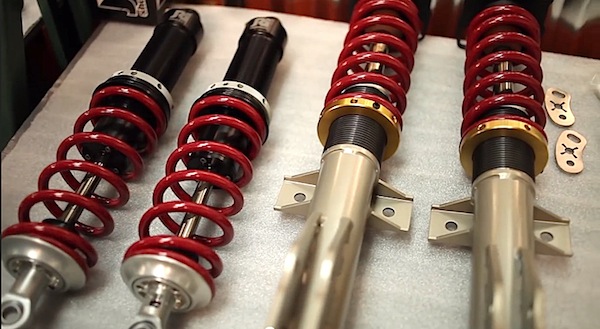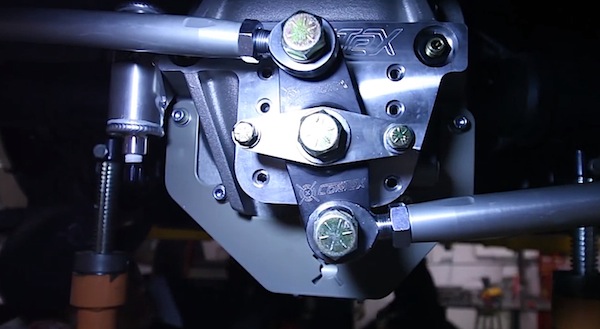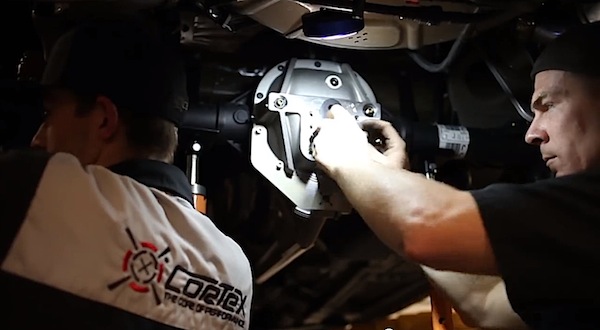Muscle Evolved: Modding a Mustang GT
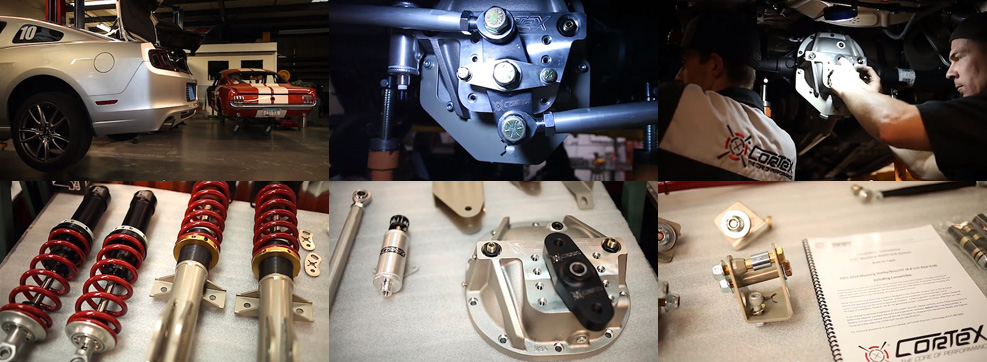
In my last post, “2013 Mustang GT: The Perfect Purchase?” – I went over the reasons as to why I laid down my hard-earned greenbacks on America’s favorite pony car. For me, it was the great combination of value, reliability and performance that the Mustang GT offered. However, after a few years of ownership, it was time for me to take the car to the next level.
Power-wise, the 5.0L under the hood is just about perfect with its 420 hp and 390 lb-ft of torque. Combine that with a 3.73 gear ratio that the track pack offers, and you now have a car that has the ability to utilize 100 percent of its power without getting you killed (a good thing). I understand there are those who feel they need 500, 600 or 700 hp to go fast, and in a straight line, maybe that’s true.
From a cornering perspective, though, all that extra power does is make it more difficult to exit a corner under full-throttle acceleration. Keep in mind as well that with a stock 255-series rear tire, any more power than, say, 450 hp means you’re just sitting there wasting rubber as you simply can’t lay the power down efficiently. Owners of the GT500 will understand exactly what I’m talking about (and yes I know it comes with a 285-series rear tire).
You may have already seen the above video as it was posted back in April on Youtube’s /DRIVE Network; however, I wanted to interject some thoughts that may have been left out during filming. First and foremost, I want everyone to understand that my car (the one in the video) was purchased with the intention of modifying it; however, this was only after a year of baseline testing to figure out where its strengths and weaknesses were.
My personal testing included a combination of daily driving, canyon runs, long road trips and frequent track days. This is a very important step and one that unfortunately, 80 percent of those who want to modify their vehicles don’t do. Instead most owners rely on the Internet and take advice from uneducated people who don’t take the time to learn properly (you know who you are). Don’t get me wrong; there are those out there who have done their homework, in my experience, though, they’re few and far between. As my car was to be set up for handling, my goal was to learn about what companies specialized in making these cars go around corners. I researched companies like Whiteline, Griggs, Cortex Racing, and even chatted with some Ford engineers. In the end, though, I decided to go with Cortex Racing – and there are reasons behind this.
First, I visited their shop at Sonoma Raceway in Northern, CA and found that, upon arrival, it was impeccably clean. Nothing was out of place, each and every employee was dressed appropriately and conducted themselves as professionals, and parts that were getting ready to be installed on other cars were all laid out accordingly — don’t ever overlook details like this. I then met Filip Trojanek (the owner), and not only did he walk me through why his setup worked from an engineering perspective, but more importantly, he took the time to educate me in a manner that I was able to understand — this was huge.
My goal for the Mustang was as follows:
- Dial out the noticeable understeer that occurs under hard cornering
- Reduce the amount of oversteer that occurs upon corner exit
- Reduce body roll and increase grip
- Be able to apply power to the wheels efficiently, while not over-driving the car
After many conversations, Filip identified what I was trying to accomplish, and it was then, and only then, that we decided to finalize a plan. One point of note: never once did anyone try to up-sell me on parts or modifications. Instead it was simply explained to me what modifications would garner what performance gains.
What you saw in the video above was obviously pre-planned in production meetings. What couldn’t be foreseen, though, was not only how well everything worked out, but also my gut reaction to the final product. We literally ran the car on Saturday at Mazda Raceway Laguna Seca, drove 150 miles back to Sonoma where the install occurred, and then drove back to Laguna Seca the following morning. There was no special tuning, no dial-in period, and absolutely NO pre-scripted reactions. In short, everything you see is exactly how it happened, and the final results were amazing.
Oh, and regarding the difference in lap times, think around four seconds pre- to post-install … and that’s on street tires!
Stay tuned for more updates on this build, as currently the Mustang is undergoing further modification by way of updated brakes, a roll cage, and a few other go-fast goodies.

